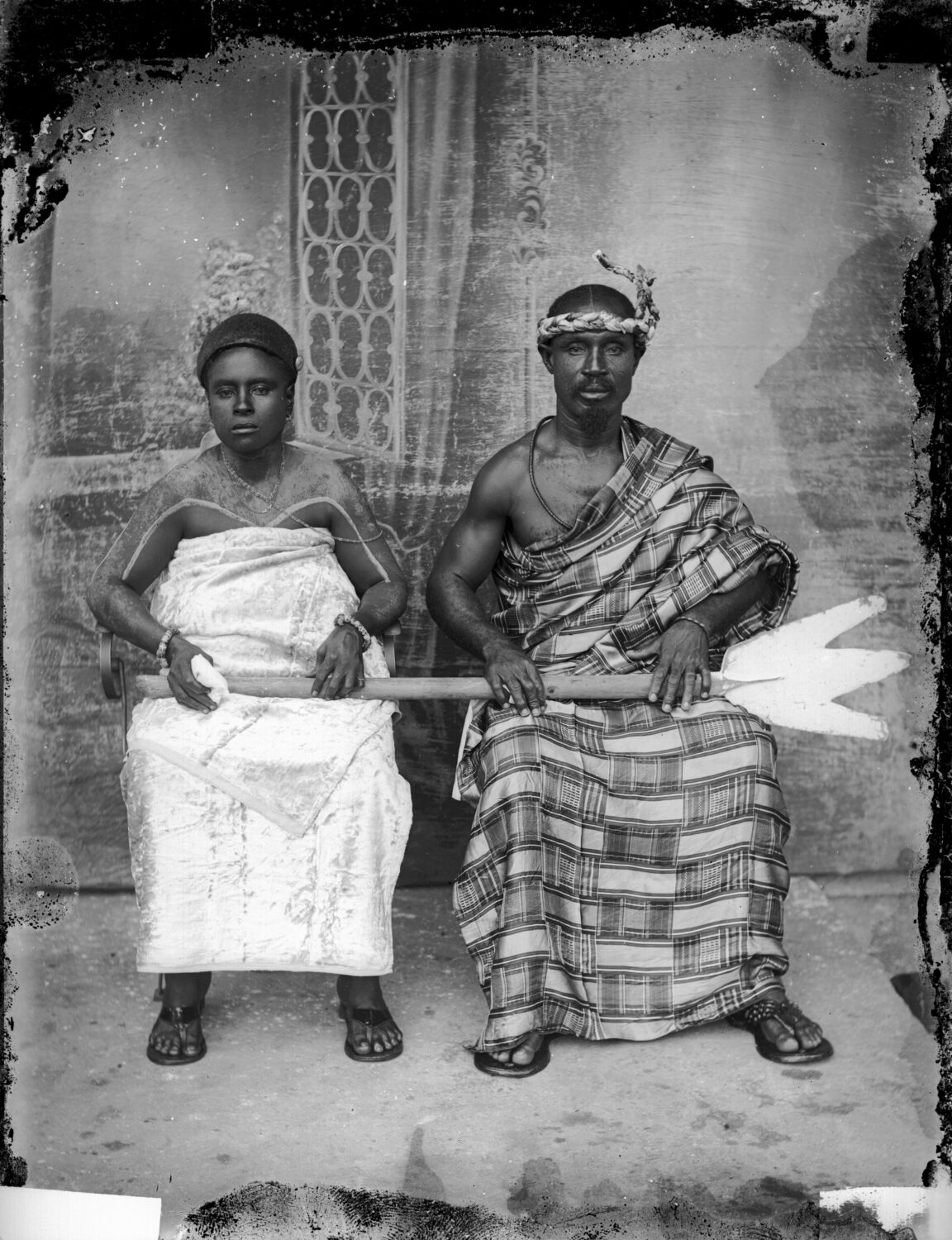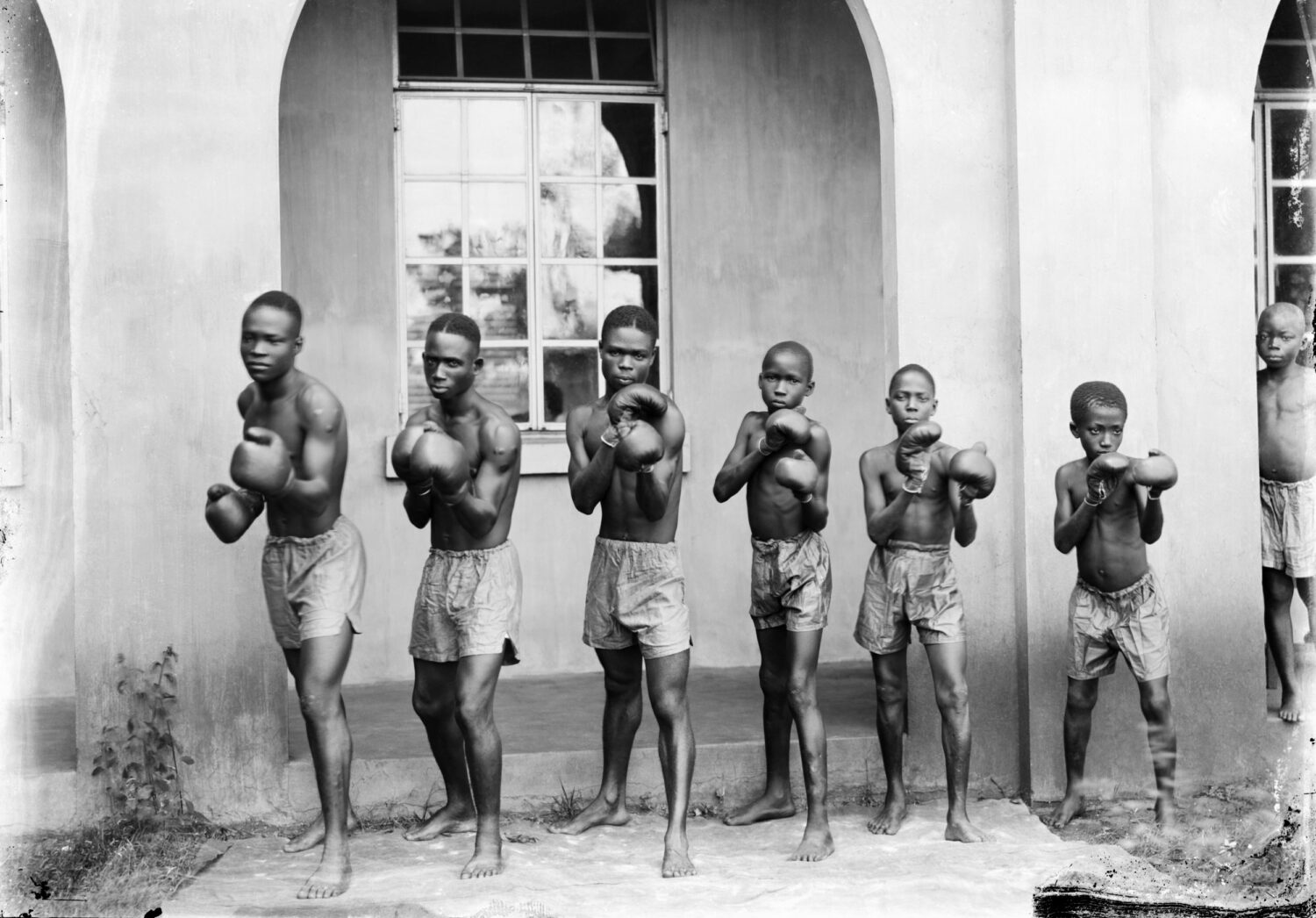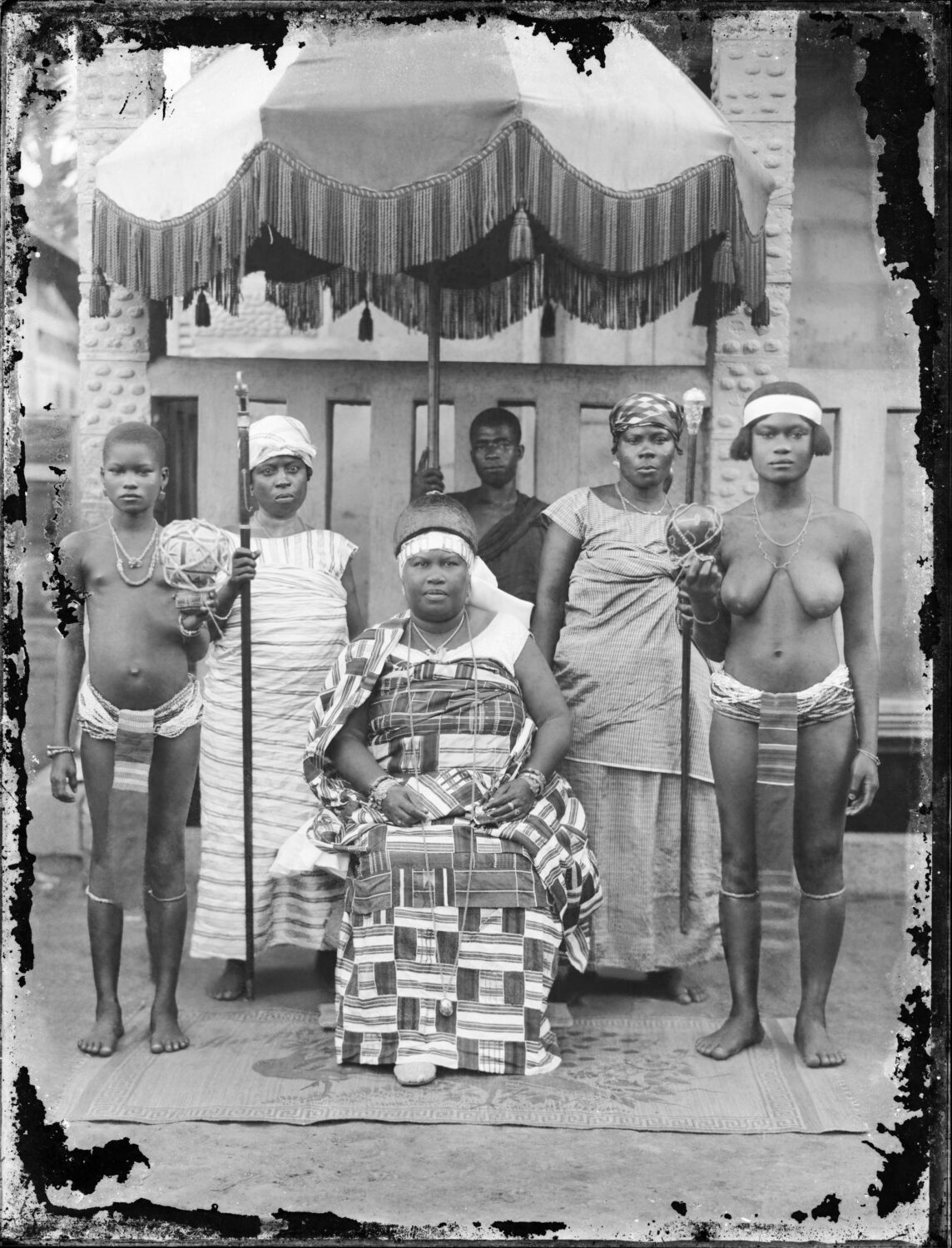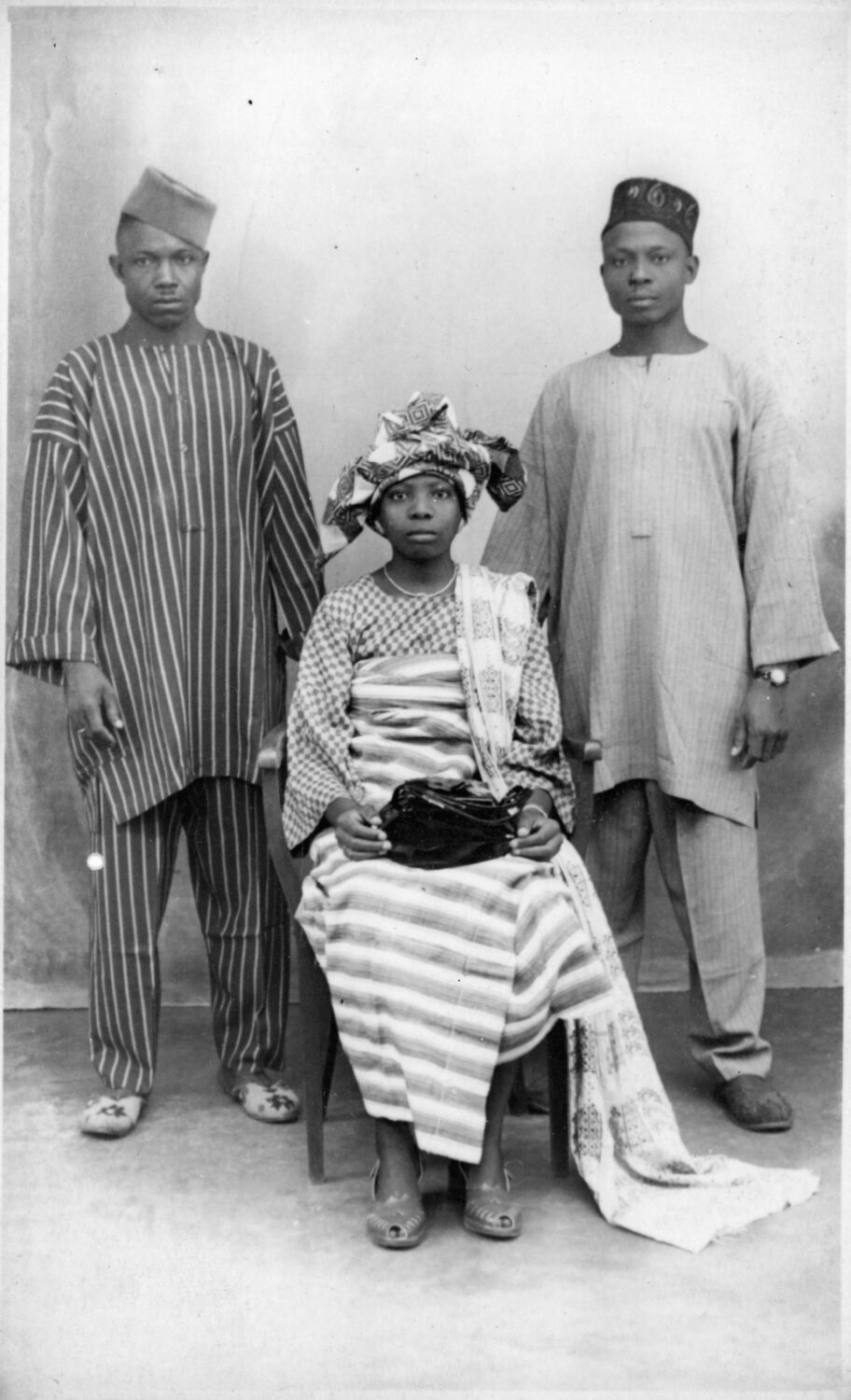The Family-Run Photo Studio That Chronicled A Century Of Ghanaian History
By Something CuratedFollowing the unification of various Soninke tribes, in around 300 CE the Empire of Ghana took shape north west of what is now the country, traversing current-day Mauritania, Senegal and Mali. Dubbed the Gold Coast, European colonisers arrived in the region that forms modern Ghana from 1600 – and the transfer to the British occurred in 1872. On 6 March 1957, the UK formally released its grip, paving the way for Ghana to finally attain independence. A generation prior to this transformation, J.K. Bruce-Vanderpuije, a local photographer, established a small and extraordinarily prolific photo studio in the then colonial capital of Accra. Under the name Deo Gratias Studio, he and his family captured and preserved the nation’s visual history for close to a century. Spanning three generations, the Bruce-Vanderpuijes diligently gathered what is now considered the most extensive collection of 20th-century Ghanaian photographs worldwide.

The studio’s founding father, J.K. Bruce-Vanderpuije, was born in 1899 in James Town, British Accra. His early education was at the Accra Royal School, which held the distinction of being the Gold Coast’s first formal educational institution, established in 1672. During his time at school, the young Bruce-Vanderpuije developed a keen interest in photography as a hobby. Following his formal education, he underwent training with the tutelage of J.A.C Holmes for a number of years. For a brief period, he was employed by the Accra Town Council, now known as the Accra Metropolitan Authority, where he quickly made a name for himself with his striking work.

Over the course of his seventy-year career, the influential photographer played a pivotal role in developing an authentic narrative and aesthetic of Africa through a non-colonial lens. Among the limited number of Ghanaian photographers who rose to prominence in the pre-independence era, his portfolio encompassed a wide spectrum of assignments and personal projects, including jobs from the government, corporate advertising campaigns, nation-shaping occurrences, and intimate depictions of everyday life. Through his meticulous documentation, he offered a diverse and abundant insight into the cultural tapestry of a nation.

Comprising around 50,000 works, the photographer’s estate is still under the custodianship of the Deo Gratias studio in Accra. Established by Bruce-Vanderpuije in 1922, the studio is presently overseen by his granddaughter, Kate Tamakloe, who has dedicated the past several years to the painstaking restoration of the artist’s creations. Tamakloe explains: “The process of restoring my grandfather’s photographs has been a labour of love over the past three years, enabling us to reflect upon Ghana’s history with a fresh perspective. The photographs continue to teach us new things about life and society during his time.”
A dedicated exhibition area within the studio is open to the public, offering an opportunity to explore a curated selection of Bruce-Vanderpuije’s images. On the studio’s walls, visitors can find portraits of local families, alongside images of renowned musicians, politicians, and patrons, including Kwame Nkrumah, Ghana’s leader during the country’s establishing of independence in 1957. Bruce-Vanderpuije’s contributions laid the foundation for subsequent renowned photographers from the continent. This group includes James Barnor and Malick Sidibé, who were similarly driven by the desire to capture the vibrancy of their respective nations and communities.

Working closely with Tamakloe, this month, Dubai’s Efiɛ Gallery announced its commercial representation of the estate of Bruce-Vanderpuije. The gallery’s Director, Kwame Mintah, adds: “J. K. Bruce-Vanderpuije’s remarkable vision offers us a window to the beauty, culture and daily life of a Ghana that once was. In this prolific photographer’s works, we discover not only his genius as a practitioner and innovator but also the evolution of Ghanaian culture and identity over the 20th century. Recounting seven decades’ worth of history, J. K. Bruce-Vanderpuije’s vast body of work sets him firmly as one of the forefathers of modern African photography.”
Feature image: J.K. Bruce-Vanderpuije, Accra Optimists Club, 1930s. Courtesy of Efiɛ Gallery, Dubai